Artist-to-Watch Tangwei Hsu 許唐瑋: Fantasy on the Universe
Email Link https://conta.cc/349idUz
With freedom of texture, mind, hand, space, and meaning, Tang-Wei Hsu creates art that is neither heavy nor sentimental. Whether intentionally playful or not, his objects are accessible to general audiences as public murals, and at green hills, playgrounds, metro entrances, museums, and other places. The parts - organic and in motion - depart drastically from the norm of independent existence and revel in their connectivity. Viewers instinctively desire to penetrate the labyrinths.
We hope your interest is piqued and you do not begrudge praise and admiration.


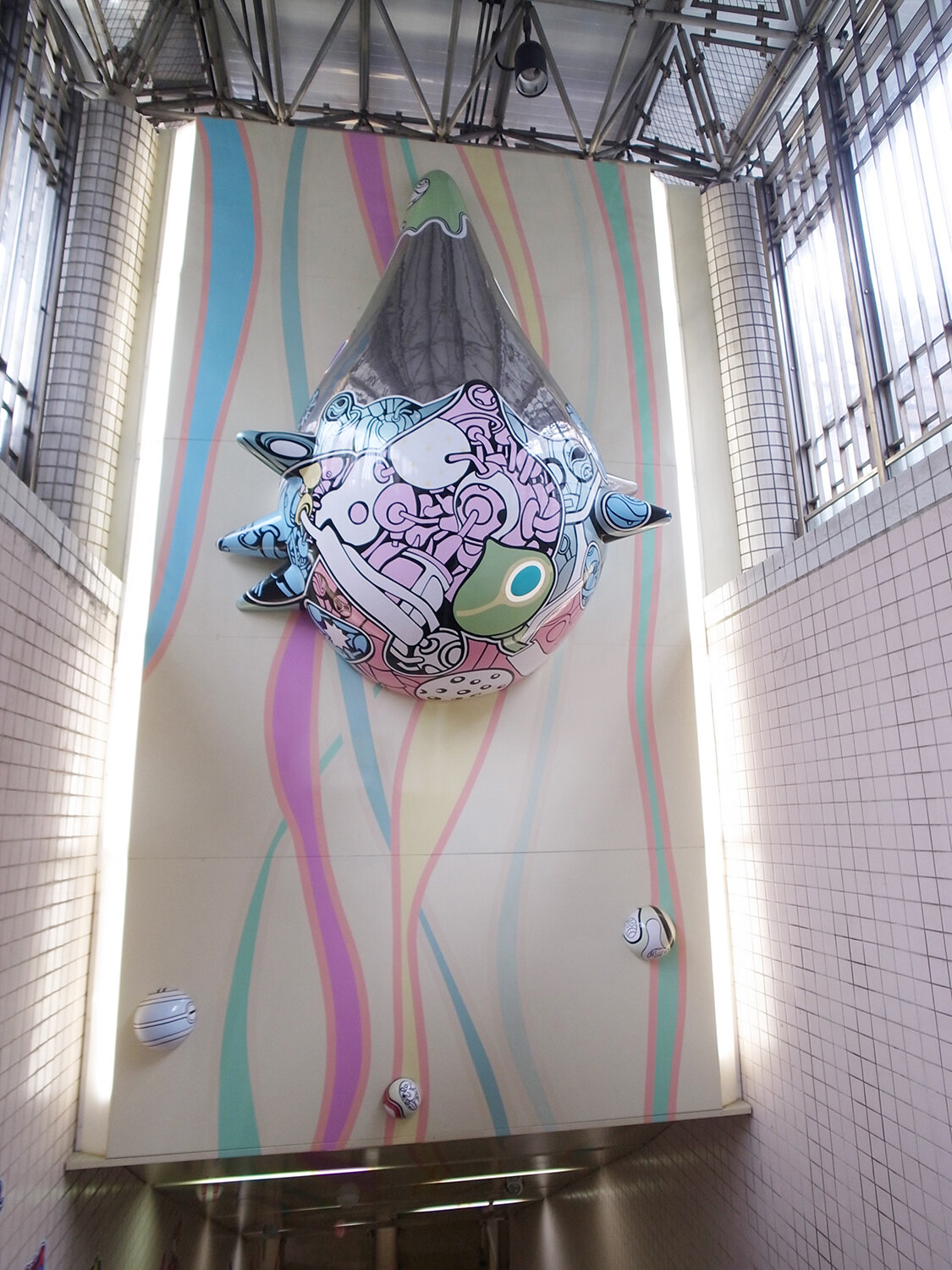


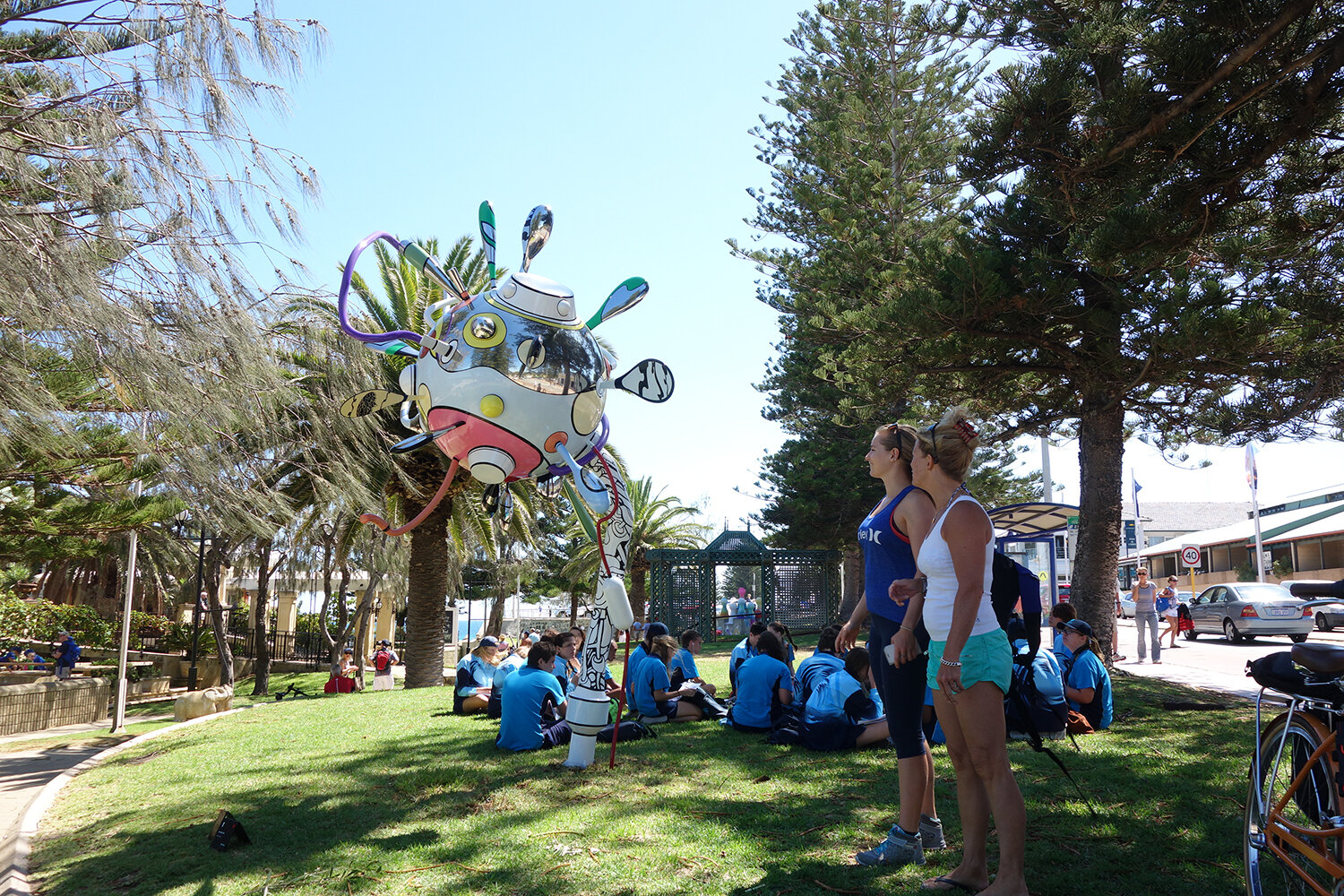
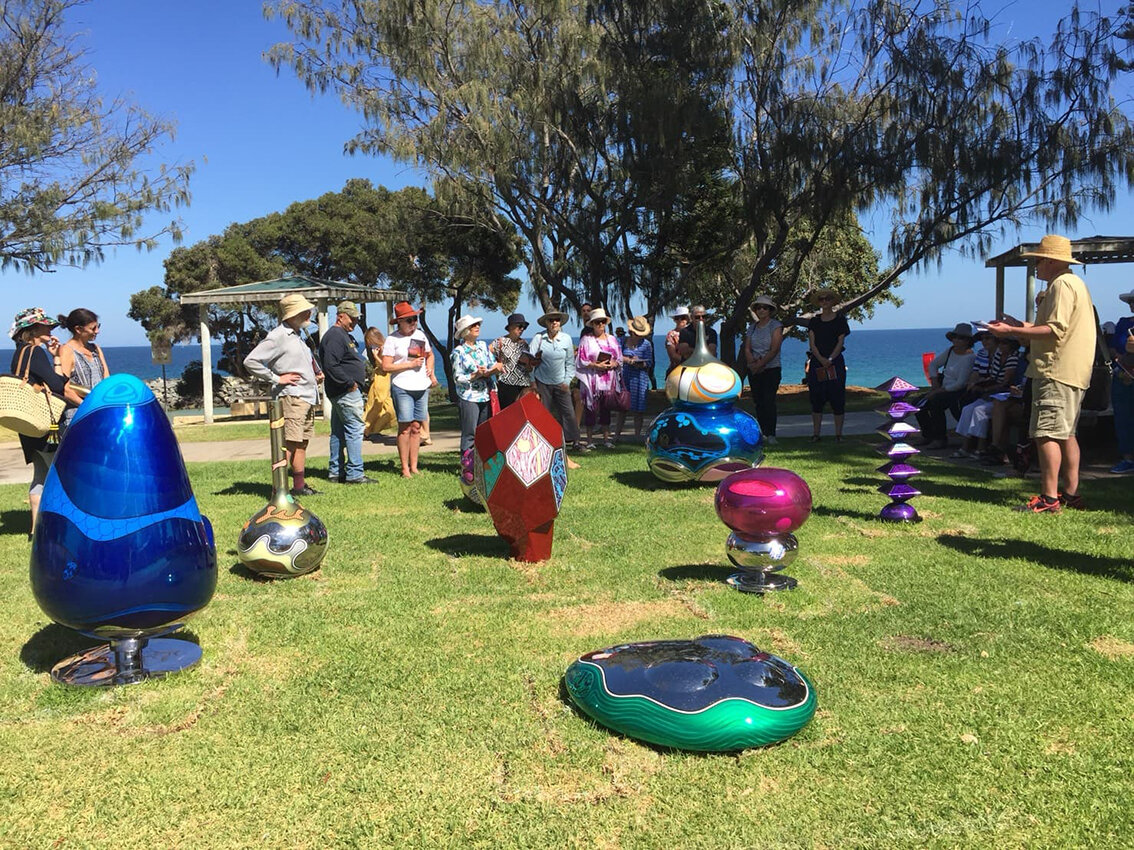
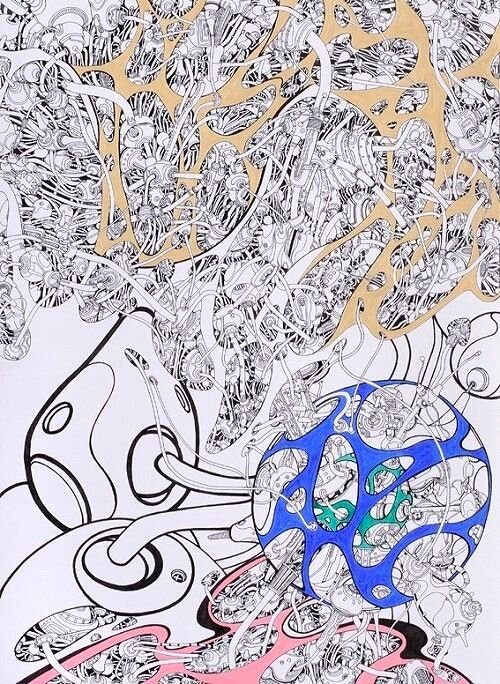
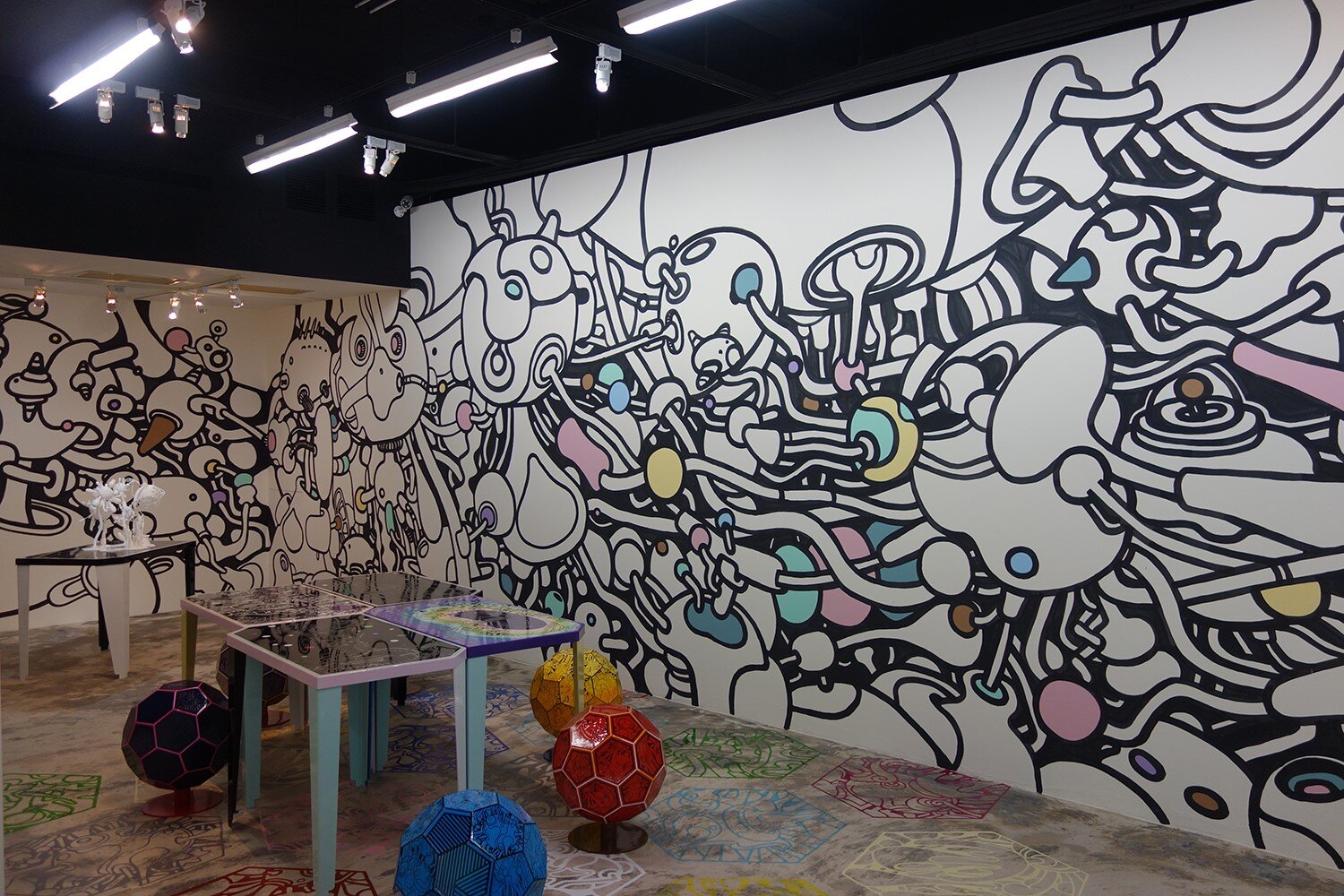

ABOUT Tang-Wei Hsu
Tang-Wei Hsu (b. 1980 Taiwan) is an international artist based in New York. He is a recipient of the Asian Cultural Council Fellowship (2009) and was a resident artist of the international studio & curatorial program, Brooklyn (2011). He gained a BA in Architecture from Shih Chien University, Taipei and an MFA in Visual Arts from Tainan National University of the Arts, Tainan, Taiwan. After relocating to New York in 2011, Hsu participated in many local and international exhibitions such as "Crystal Cave", ASYMMETRIK Gallery, New York(2016); “Across The Pacific”, LAM Gallery, California(2016); “On & On: Art Without End”, Mark Miller Gallery, New York(2015); Outdoor exhibitions include 4heads:GIAF, New York(2016,2013&2012); DUMBO Arts Festival, New York(2013).
More information: Tang-Wei Hsu http://www.hsu-tangwei.com/ email: hsutw1980@gmail.com
Tang-Wei Hsu Mural Graffiti 許唐瑋現場繪畫製作 Documentary of Mural at Yinchuan Museum of Contemporary Art in 2018
"In this exhibition, I presented a large-scale mural painting about 13 meters high, and painted a large-scale exhibition room. I hope that when the audience enters this space, it finds a colorful, macroscopic and microscopic visual experience. Occupying all available space seems to extend the imagination of the space field."- Tang-Wei Hsu
An interpretative video by Tang-Wei Hsu about Youth Freestyle-Spirit of Sport
Youth Freestyle is an example of Hsu's public art. It is set up at Taichung North Sports Center. Harmonizing with the activities at the sports center and accompanied by a course for art activities for students,Youth Freestyle consists of three separate pieces. One is placed on the grass, the second is a large-scale work that runs through the first and second floors, and the third is a complete set of seats for the public to rest and use for art. Hsu's architectural background is very much in evidence in this project.
Welcome to the Galaxy Railway, 2009,Fiberglass, stainless steel, metal paint, LED lamps, public art project of Museum of Contemporary Art, Taipei, Taiwan
Adventures in self-referential, multi-level spatial possibilities: a new generation of sculpture in public spaces
by Luchia Meihua Lee
We may take the 1965 exhibition New Generation at Whitechapel Art Gallery as the herald of a distinct school of abstract sculpture, whose object was "the totals or unities created by man in his attempt to understand and control the world" [note 1]. While contemporary pop and graffiti in the US, or anime or manga in Asia, are far removed from the scope of the New Generation artists, their concerns for abstraction, for the essence of sculpture, for total artistic responsibility for effect and medium, predicate the sculpture of contemporary artists such as Taiwanese American Tang-Wei Hsu. If Superflat [note 2] is essentially Warholian, then I would characterize Hsu as attempting to catch the whole universe in a welter of symbolic fecundity.
His objects are coated with pleasant, soft, and primitive colors and lines that nevertheless fail to lend stability - indeed they covertly undermine it. Hsu thus develops an open, airy art language, through seemingly conducting a discourse of abstract animation to determine space or the physical world. Even though there is a definite artistic commonality with graffiti and street murals, the antisocial element has been completely eradicated in Hsu's work. Thematically, he rails against the orderliness of aesthetic limits, stylistically diminishing a principle of symmetrical two dimensional balance, and has blithely deconstructed the division between two and three dimensions, between sculpture and drawing, remanding medium to irrelevance and enthroning content and form that generate excitement regarding the surface of works.
In terms of cultural provenance, Hsu was born and reached artistic maturity in Taiwan, in an atmosphere of global integrated notions of individual recognition. As a consequence, his artistic consciousness ranges from microscopic to universal and has no bounds. Whether in murals or sculpture, Hsu's concept involves endless and detailed correspondence that ricochets between a child's dream, scientific imagination, and fantastical allegory. Nevertheless, his architectural background allows him to take a methodical approach to the liberation of symbolic systems.
If we look for the portals of culture, we find that they have been thrown open and thus the sense of art must rely more heavily on artistic imaginative form; by contrast, historically the source of cultural symbols is the mystery of religious ecstasy. [note 3]
The modern skill of deploying self-consciously expressive art for the dissolution of the social hierarchy has empowered and legitimized the moving into the public space that is graffiti, mural, or street art. Yet beyond any art historical trend, Hsu's mysteriously fluid graphic line - dripping liquidity beyond nature - leaps beyond culture, beyond narrative science fiction. His creative drive is boundlessly infinitizing his art spirit and thus creating his radical self. It is far from the monolithic norm.
When I am saying Hsu has liberated his hand and mind in these works, I do not wish to minimize the difficulty of his art construction in accordance with a systematic or established form or procedure. The images and the objects that are revealed are interconnected in the body of works which gives them context. When following a smooth line, a shape, or color, we are locked into a structure that flows in then out as through an explosion of imagination without effort. Here, we capture a discourse on extensive reinterpretation. Therefore, instead of overvaluing entry on some level and deriving currency from sensationalism, I refer to the 1986 comment by Jeff Koons: "I would like to offer up a term that has had vital currency in the process of my own thinking: contingency. I think that through this procession of contingencies, discourses are being pulled together into the object itself, promoting an awareness if the fact that all meaning are contingent upon some other meaning where meanings are appropriated for their relationship to eternal forces, the larger social schema in which they're involved" [note 4.]
-- Luchia Meihua Lee, Curator
Notes:
[1] The Moment of Modernism: Modernist Art, 13. William Tucker (1935-??) & Tim Scott (1937-?) 'Reflections on Sculpture" in Art in Theory 1900-2000, An Anthology of Changing Ideas, ed. C. Harrison & P. Wood, 2002. Blackwell: MA, Oxford, pp.801
[2] "[Takashi Murakami] is known for] Superflat art theory—a postmodern art movement—as well as devising an artistic genre wholly of his own".https://www.crfashionbook.com/mens/a32405824/takashi-murakami-art-superflat-louis-vuitton/ ,BY JENNIFER SAUER, MAY 8, 2020 [site accessed on Aug 10, 2020]
[3] op. cit. Idea of Postmodern:The Condition of History, 1. Daniel Bell (1919-?) from 'Modernism and Capitalism' p. 1117-1122
[4] ibid. Ideas of the Postmodern: The Critique of Originality, 11. 'From Criticism to Complicity' p.1051-1054
